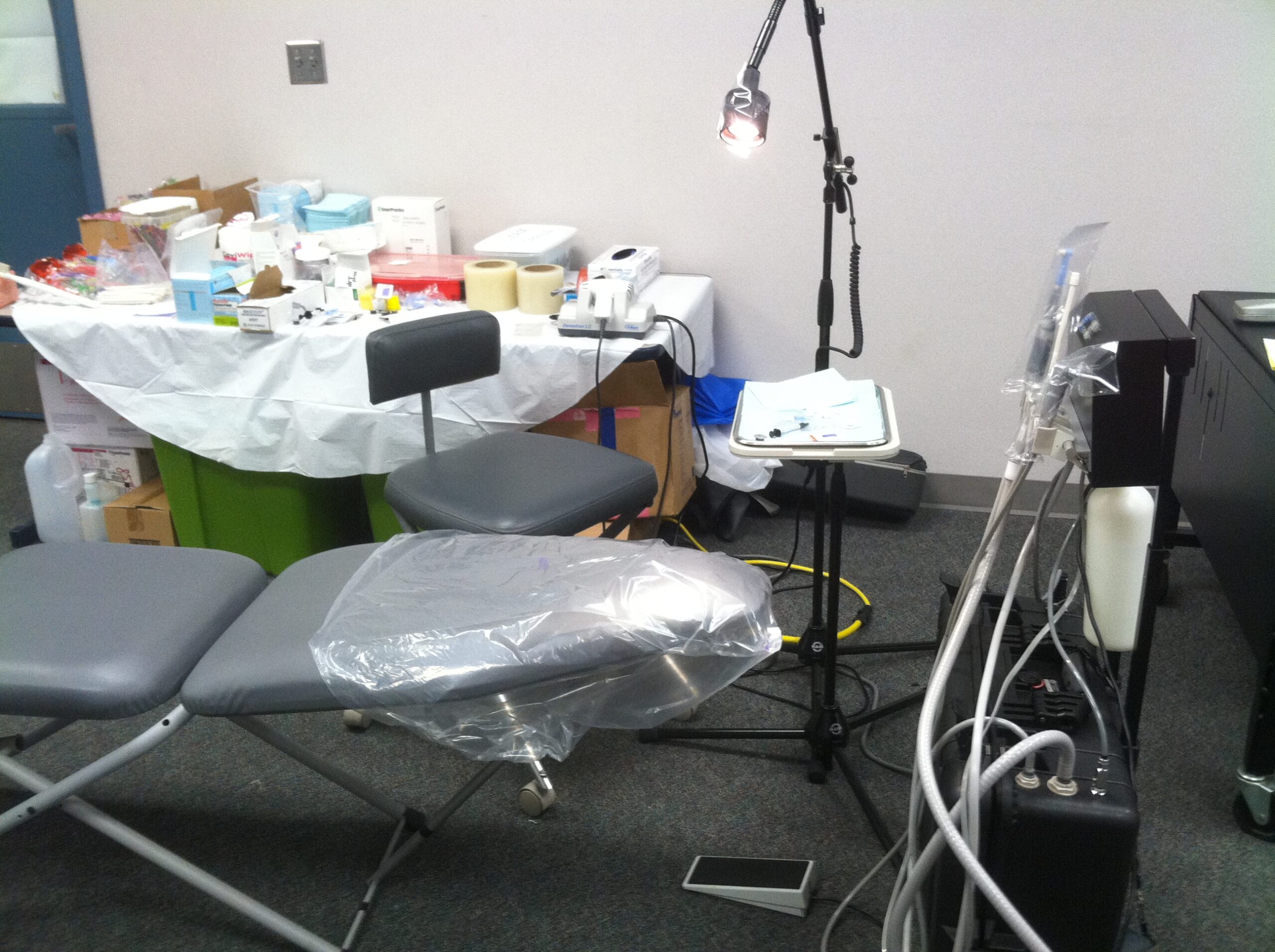| Teeth are very difficult to keep clean. There are spaces, depressions, tongues, cheeks, pits, and fissures than make it easy for food debris to hide and hard for us to remove. Thoroughly removing food debris from the chewing surfaces of our teeth is particularly challenging for children and those with disabilities. These surfaces can be protected, however, with a process called pit and fissure sealants, also called dental sealants, Pit and fissure sealants were designed to help protect the surfaces of young teeth where plaque and debris hide and cannot be removed. Well place sealants have been shown to significantly reduce tooth decay in children, on both permanent and primary molars. This is achieved by preparing the area to be treated and covering it with a protective coating of plastic. RDHAPS do not remove tooth surface when placing pit and fissure sealants. They securely cover the pit or fissure to eliminate the chance of debris and plaque biofilm falling into the pit and causing a cavity. Once placed, sealants should be checked periodically by a dentist, dental hygienist, or your RDHAP. Click on this link to another blog post with a graphic of sealant placement and more details. www.flickr.com/photos/139956189@N06/41673823762 |
Dental Sealants

